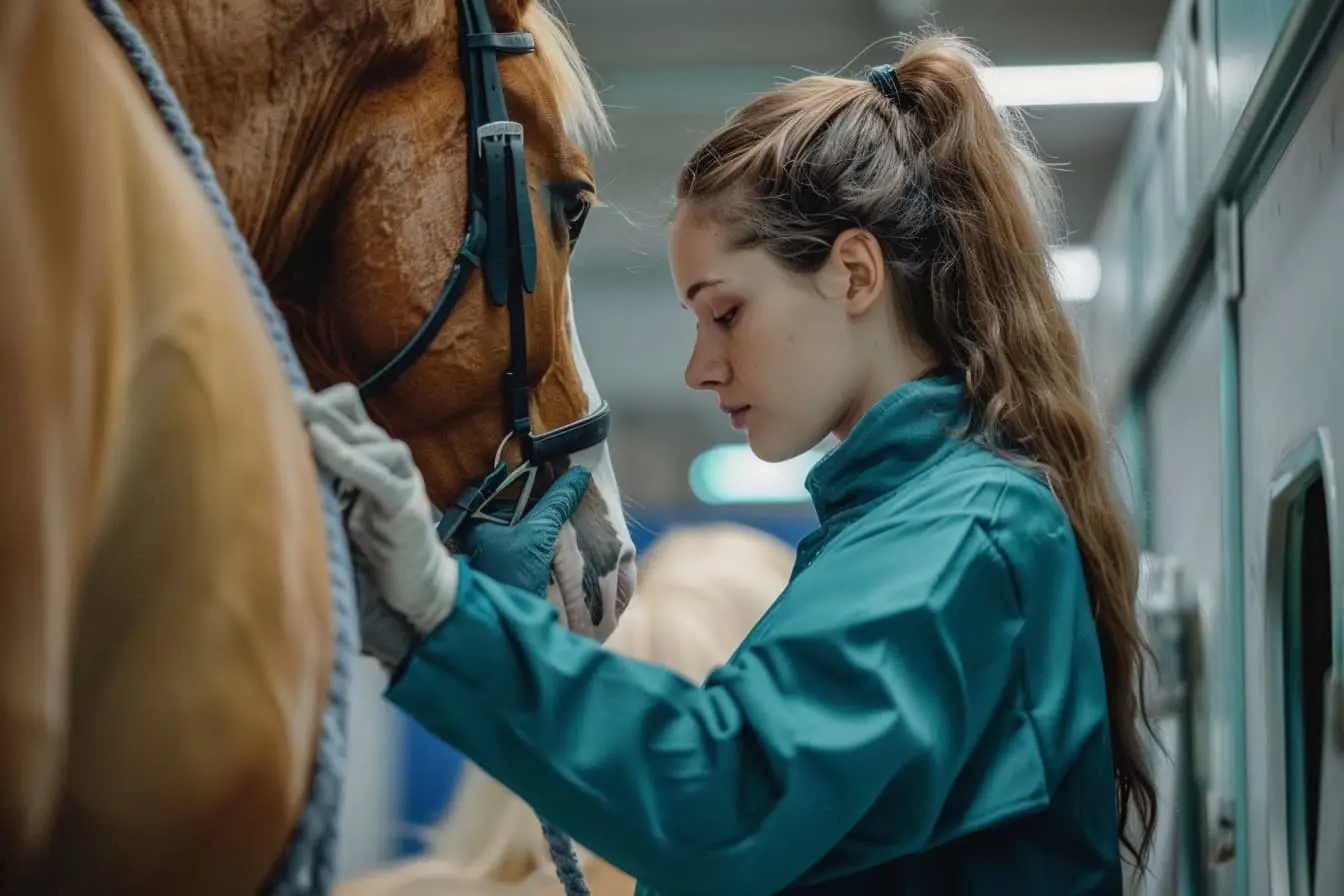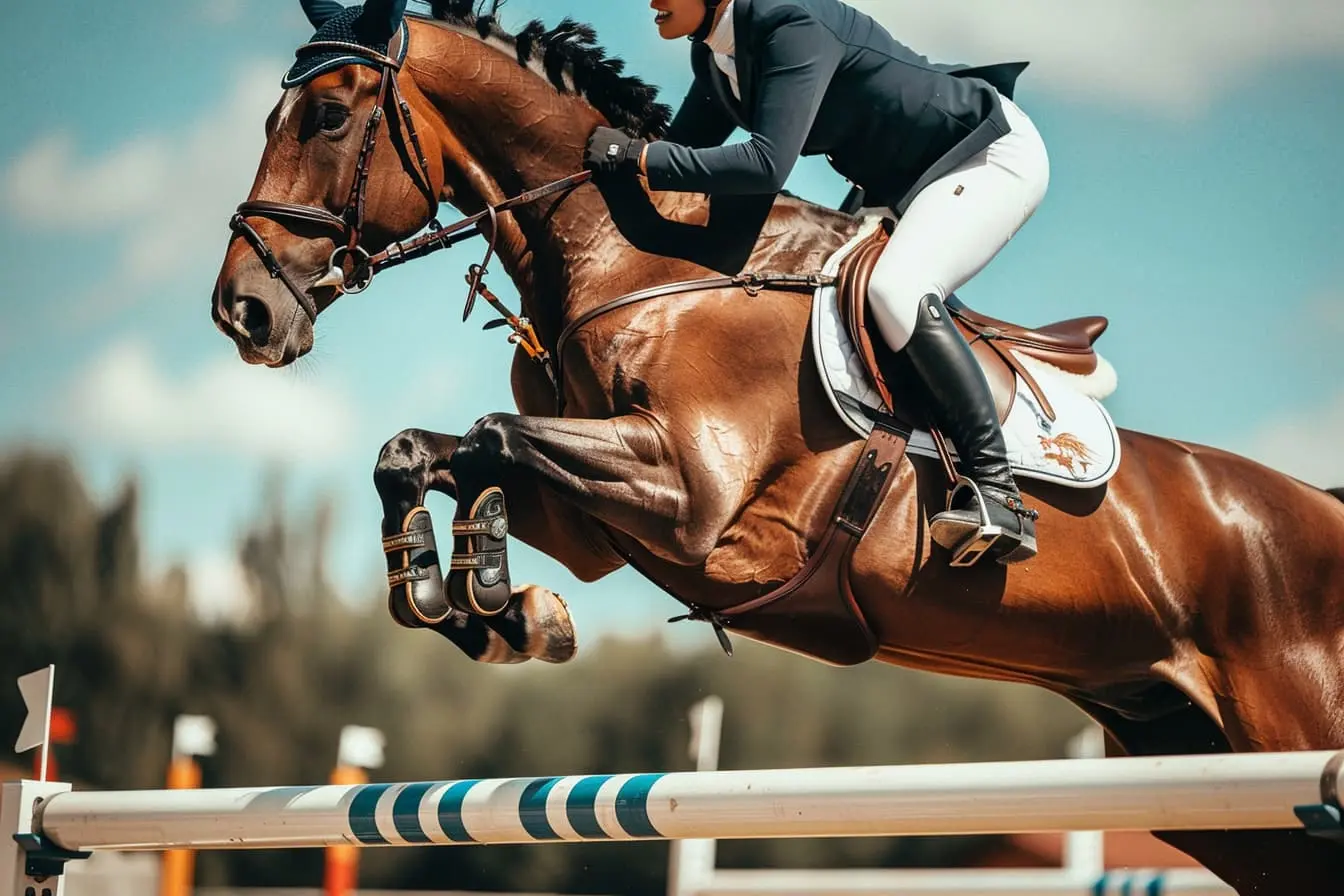
Essential Hoof Care for New Horse Owners
Welcoming a horse into your life is a rewarding journey filled with learning and companionship. Among the myriad aspects of horse care, hoof care stands paramount. The old adage, "No hoof, no horse," underscores the critical importance of maintaining your horse's hooves. Here's a guide to help new horse owners navigate the essentials of hoof care.
Understanding the Basics
The hoof is a complex structure that supports the horse's entire weight, acting as a shock absorber and traction provider. Proper care is essential to prevent discomfort, lameness, and other health issues. Start with understanding the basic parts of the hoof – the wall, sole, frog, and heel – and their functions. Familiarising yourself with these can help you identify problems early.
Routine Cleaning
Daily cleaning is the cornerstone of good hoof care. Using a hoof pick, gently remove debris and mud from the hoof, paying special attention to the frog (the V-shaped part of the hoof). This routine not only keeps the hooves clean but also provides an opportunity to spot any issues such as stones lodged in the hoof, cracks, or signs of thrush (a common bacterial infection).
Regular Trimming and Shoeing
Every horse is unique, and their need for trimming or shoeing depends on various factors such as growth rate, workload, and living conditions. Typically, a horse's hooves should be trimmed every six to eight weeks. Working closely with a qualified farrier is crucial; they can recommend a schedule that suits your horse's specific needs. For horses that are ridden frequently, particularly on hard surfaces, shoeing may offer additional protection and support.
Monitoring for Problems
Be vigilant and look out for signs of common hoof problems. Cracks, abscesses, and thrush can lead to serious complications if left untreated. Regular checks will help you spot changes early. Key indicators of hoof issues include:
- Changes in the hoof's appearance, such as cracks or holes.
- A foul smell, which may indicate an infection.
- Limping or changes in gait, suggesting discomfort or pain.
Ensuring Proper Nutrition
Nutrition plays a significant role in hoof health. A balanced diet rich in essential nutrients, particularly biotin, zinc, and omega-3 fatty acids, can promote healthy hoof growth. Consult with a veterinarian or an equine nutritionist to ensure your horse's diet supports optimal hoof health.
Providing a Suitable Environment
The environment your horse lives in can significantly impact hoof health. Constant exposure to wet, muddy conditions can soften the hooves and lead to problems like thrush. Conversely, very dry conditions can lead to cracked hooves. Striking a balance is key; ensure clean, dry bedding in stables, and manage mud in paddocks to prevent excessive moisture exposure.
The Role of Exercise
Regular, moderate exercise is beneficial for overall hoof health. It stimulates blood flow to the hooves, promoting growth and strength. Tailor the exercise to your horse's fitness level, gradually increasing intensity to avoid overexertion.
In conclusion, hoof care is a vital aspect of horse ownership that demands attention and dedication. By incorporating these practices into your routine, you can ensure your horse remains healthy, happy, and active. Remember, when in doubt, consult with professionals such as farriers and veterinarians who can provide guidance tailored to your horse's specific needs.
Vets near you
Speciality vets
- Aquatics vet specialists
- Birds vet specialists
- Camelids vet specialists
- Cats vet specialists
- Cattle vet specialists
- Deer vet specialists
- Dogs vet specialists
- Equines vet specialists
- Exotic vet specialists
- Goats vet specialists
- Pigs vet specialists
- Poultry vet specialists
- Sheep vet specialists
- Small Mammals vet specialists
- Wild vet specialists



